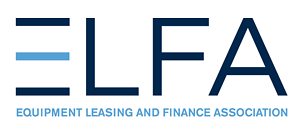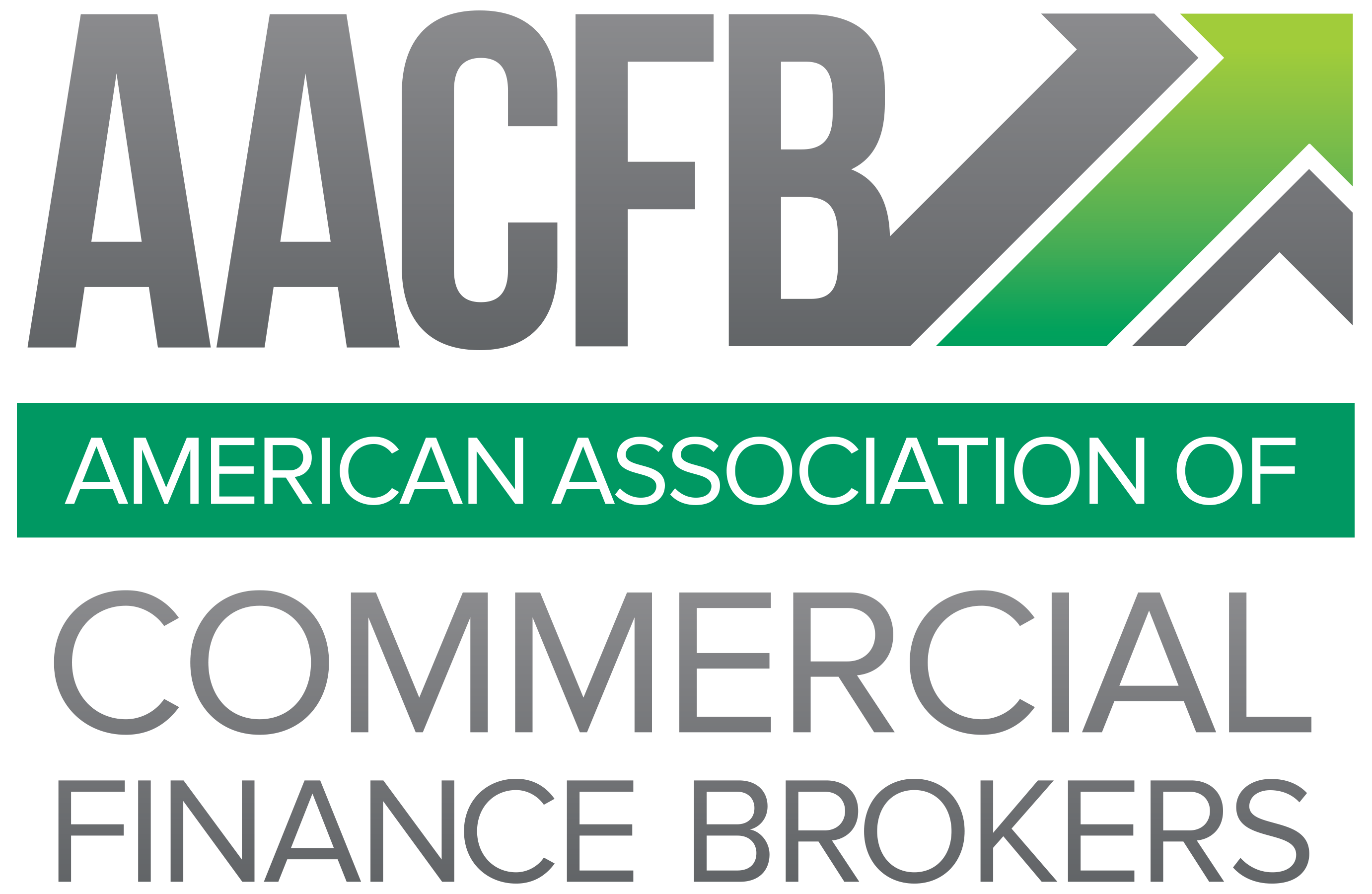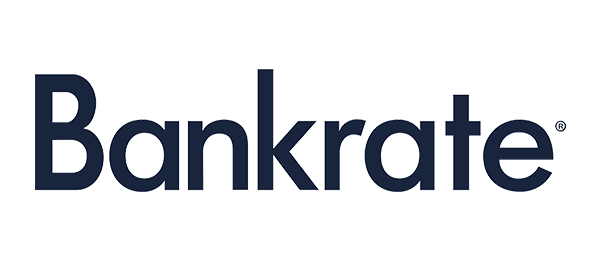Understanding Section 179 for Boom Truck Purchases
If you're a business owner considering a boom truck, one of your biggest concerns is probably cost. These powerful vehicles are essential for many industries—construction, utility work, signage, and more—but they don’t come cheap. The good news? The IRS offers a tax break that can make boom truck ownership more affordable, known as Section 179.
This article breaks down how Section 179 for boom truck purchases works, how much you can deduct, who qualifies, and what you’ll need to keep in mind to take advantage of it.
What is Section 179?
Section 179 is part of the IRS tax code that allows businesses to deduct the full purchase price of qualifying equipment—like a boom truck—off their taxes for the year the equipment is put into service.
Normally, business equipment is depreciated over several years. But Section 179 speeds up that process by letting you take the entire deduction in the first year. For growing businesses or those looking to improve cash flow, this can make a huge difference.
For example, if you buy a boom truck for $120,000 and it qualifies under Section 179, you can deduct the full $120,000 from your taxable income the same year you bought it—rather than spreading the deduction over, say, five years.
Why It Matters for Boom Truck Buyers
Boom trucks are a big-ticket item. Whether you're a contractor, utility provider, or starting a signage business, adding this equipment to your fleet is a major investment. Section 179 helps by lowering the overall cost after taxes.
Here’s why this is important:
- Immediate tax savings: The ability to deduct the full cost upfront provides faster return on investment
- Improved cash flow: Taking a larger deduction now can free up capital for other business needs
- Affordability: Reducing your tax burden might make it easier to qualify for financing
Section 179 turns a necessary equipment purchase into a potential financial advantage. For more insight on budgeting and procurement, check out our guide to how to budget for truck purchases.
Does a Boom Truck Qualify for Section 179?
Yes—almost all boom trucks used for business purposes qualify for Section 179. According to IRS rules, the equipment must meet these conditions:
- Used for business more than 50% of the time
- Tangible, depreciable property (like vehicles or work equipment)
- Purchased and put into service during the tax year you claim the deduction
- New or used (as long as it’s “new to you”)
Boom trucks are considered heavy equipment and typically fall into the category of “property used in the active conduct of a trade or business.” As long as you meet the general Section 179 rules, your boom truck purchase should qualify.
Section 179 Deduction Limits
Each tax year, the IRS sets a maximum amount you can deduct under Section 179 and a cap on how much total equipment businesses can purchase and still receive the full benefit.
As of the 2024 tax year:
- Maximum deduction: $1,160,000
- Spending cap on equipment: $2,890,000
- Bonus depreciation (on top of Section 179): 60%
If your boom truck costs $200,000, you’re well within the limits. But if you're buying multiple trucks or adding other business assets, keep those thresholds in mind.
Note: The deduction starts to phase out once total purchases exceed the spending cap.
What About Used Boom Trucks?
The good news is that used boom trucks can still qualify under Section 179, as long as the vehicle is new to your company and meets eligibility rules. Purchasing a well-maintained used boom truck can be an even smarter investment when you combine the reduced price with a Section 179 tax deduction.
Just keep clear records of:
- The purchase date
- The cost
- When it was placed into service (started being used for work)
Bonus depreciation, if used, only applies to new equipment purchases starting in 2024, but Section 179 still works for used assets.
Can Startups Use Section 179?
Yes—startups and small businesses can absolutely use Section 179 to deduct boom truck purchases. There’s no minimum number of years in business. As long as your company has enough taxable income to use the deduction, you can benefit.
That said, here are a few things to consider as a new business:
- If your business has little or no taxable income yet, you may not be able to take full advantage of the deduction this year
- You can carry forward unused portions (in some cases) or take depreciation over time instead
- Financing your boom truck may be the most strategic approach, allowing you to get the deduction upfront while paying for the truck over time
Talk to a business accountant or tax professional to understand the best strategy for your particular business situation.
What Records Do You Need?
If you're claiming Section 179 for a boom truck purchase, it’s important to keep proper documentation in case you're audited by the IRS. Here’s what you should keep on file:
- Bill of sale or purchase agreement
- Proof of payment (receipts, wire transfers, etc.)
- Title or registration acknowledging business ownership
- Proof that it was placed in service during the tax year (e.g., work orders, mileage logs, photos)
- Business use percentage if it's also used for personal reasons
Keep these documents for at least 3–7 years after claiming the deduction, depending on your state’s record-retention rules.
How to Claim Section 179 on Your Taxes
To claim Section 179 for a boom truck, you’ll need to fill out IRS Form 4562, “Depreciation and Amortization,” and include it with your federal business tax return.
Here’s a quick step-by-step of the filing process:
- Purchase and place the boom truck into service during the current tax year
- Determine your total Section 179 deduction limit based on the cost of the equipment
- Fill out Form 4562 with details about the equipment, use date, and business purpose
- Submit Form 4562 along with your tax return
If you’re working with a tax preparer or accountant, make sure to let them know about the boom truck purchase and any financing used to acquire it.
Should You Finance or Pay Cash?
One major advantage of Section 179 is that it still applies even if you finance the equipment. That means you can deduct the full cost of your boom truck in the same year—even though you’ll be making payments over time.
Reasons why businesses often choose to finance:
- Keeps more cash in the business
- Spreads payments over time
- Allows full deduction in year one
Read more about Section 179 financing benefits to find out how financing can boost your ROI while leveraging this tax advantage.
As long as you set up your financing properly and put the truck into service before year-end, you can take the Section 179 deduction.
Common Mistakes to Avoid
Using Section 179 for boom truck purchases can be straightforward, but there are a few pitfalls:
- Missing the placed-in-service deadline: You must start using the equipment in your business before December 31
- Overestimating taxable income: Section 179 can’t create or increase a net loss
- Mixing personal and business use without tracking: Keep accurate logs if the equipment isn’t 100% business use
- Not documenting properly: Always save your receipts, contracts, and service records
Final Thoughts
Understanding how Section 179 for boom truck purchases works can help your business make smarter decisions. By taking advantage of this tax deduction, you can reduce your taxable income, improve cash flow, and afford the equipment your operation needs—all in one move.
If you're planning to buy a boom truck this year or already have, talk with your accountant to make sure you're maximizing this opportunity while staying compliant with tax rules. The Section 179 deduction is one more tool to help businesses grow efficiently, especially when investing in essential equipment like a boom truck.





